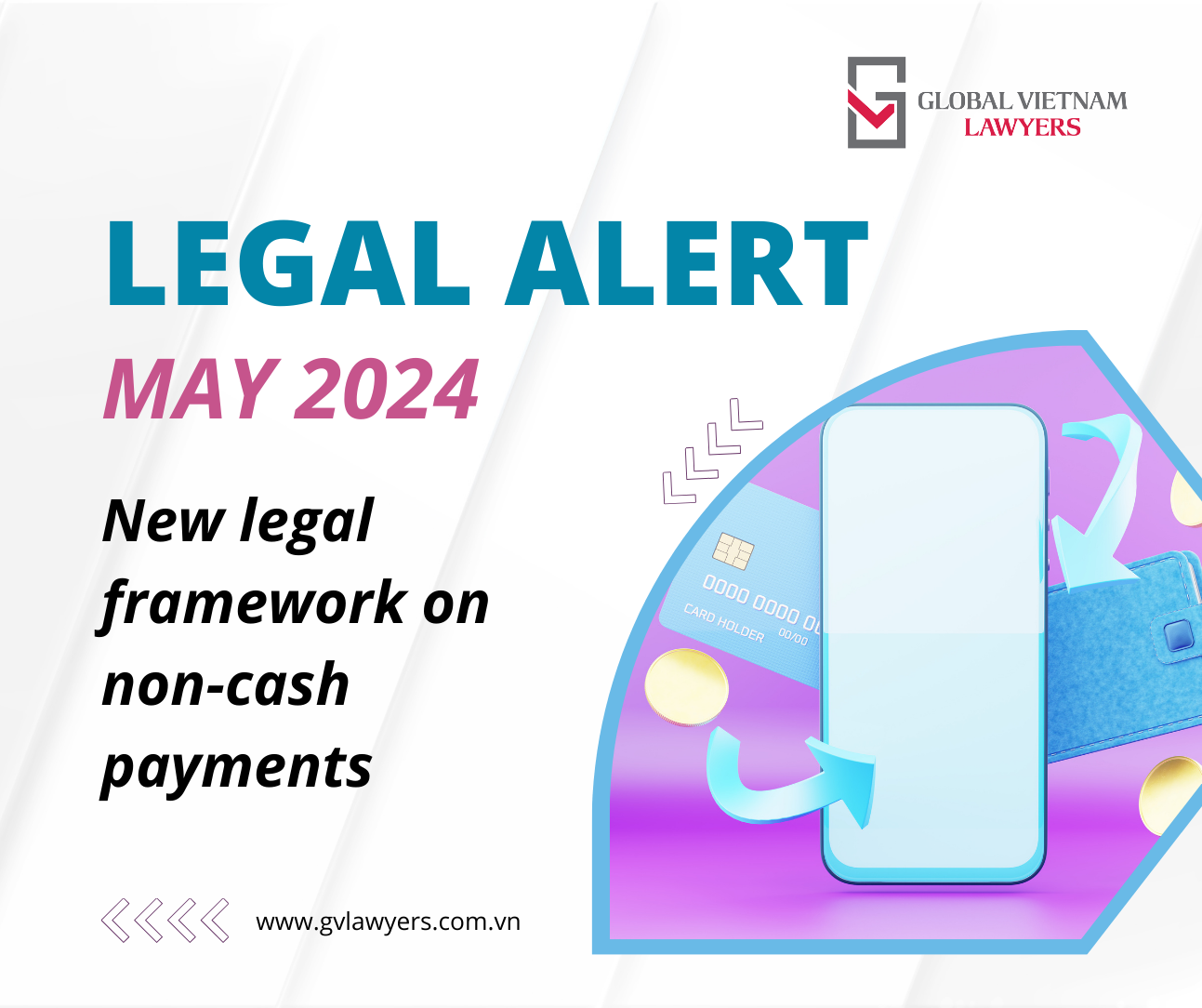On 30 June 2023, the State Bank of Vietnam (SBV) issued Circular 08/2023/TT-NHNN (“Circular 08”) on conditions for foreign loans not guaranteed by the Government. Circular 08 will take effect from 15 August 2023 and replace Circular 12/2014/TT-NHNN issued on 31 March 2014 on the same related content.This legal update provides a number of notable novelties relating to foreign loans of domestic enterprises that are not credit institution or foreign bank branch, directly affecting enterprises:1. Purpose of foreign loansFor short-term foreign loans: the borrower can only use it to (i) restructure foreign debts, and (ii) pay short-term debts payable in cash (excluding the principal of the domestic loan) given to the borrower. Accordingly, short-term liabilities are understood as debts arising during the implementation of investment projects, production and business plans, and other projects of the borrower and are determined according to the instructions on the Corporate Accounting System [1].For medium and long-term foreign loans: the borrower is only allowed to borrow for the following purposes: (i) implementing the borrower’s investment project, (ii) implementing the borrower’s production, business and plan and other project, and (iii) restructuring the borrower’s external debt [2].In addition to the aforesaid borrowing purposes, the borrower who must be subject to ensuring financial safety criteria in accordance with specialised laws may use short-term foreign loans to serve their professional activities with a term of capital usage not exceeding 12 months from the time of withdrawal of foreign loans [3].Of note, before borrowing, the borrower must make the detailed Plan on using foreign loans/Plan on restructuring foreign debts to justify the purpose of being allowed to borrow foreign capital. This Plan must be submitted to the SBV for consideration as part of the foreign loan registration process to prove that the borrower’s need for foreign loans is lawful and reasonable. Or in case of a loan to implement an investment project, the borrower may produce the Investment Certificate, Investment Registration Certificate or in-principle written approval to prove your loan purpose [4].2. Statement of capital use needsRegarding short-term foreign loans, Circular 08 adds a new type of document called “Statement of capital use needs”. This statement will be prepared to reflect the change in the purpose of debt payment or the use of capital by the borrower, the borrower must adjust the Plan on using capital if there is any change in the Statement of capital use needs before such changes take place and ensure compliance with regulations on responsibility for storing and presenting documents for inspection and examination of foreign loan use purposes [5]. It can be seen that the addition of this type of document partly increases the borrower’s responsibility to comply with the law on accounting and tightens the flexibility of using short-term foreign loans of enterprises.3. Enterpises are allowed to use foreign loans to deposit them at credit institutionsAccording to the principle of using foreign loans, the borrower is solely responsible for the proper use of foreign loans for the lawful purposes specified in item (1) above. However, in case the loan has been withdrawn but temporarily not used for foreign loan purposes, the borrower can deposit this money at credit institutions, foreign bank branches lawfully operating in Vietnam. The maximum term of each deposit is not more than 01 month [6]. This is considered a flexible use of foreign loans when allowing enterprises to use foreign loans for other purposes by depositing idle foreign loans at credit institutions to receive a portion of interest.4. Foreign loans costCircular 08 requires the borrower and related parties to be solely responsible for complying with the law related to interest rates and foreign loan costs when agreeing on foreign loan costs. However, Circular 08 does not specify whether foreign loans of enterprises are subject to the interest rate ceiling of 20%/year as prescribed by the Civil Code 2015 and will need to await further instructions from the SBV for this matter.At the same time, Circular 08 allows the Governor of the SBV to decide on the application of loan conditions on costs and announce the ceiling on foreign loan costs in each period [7]. Therefore, in order to have a plan to refinance their foreign debts, the borrower needs to monitor and pay attention to the policies of the SBV in the coming time.5. Foreign loans in Vietnamese dongCircular 08 allows the borrower’s foreign loans to be disbursed and repaid in foreign currencies but debited in Vietnamese dong. This provision will give the parties more flexibility in structuring foreign loans. At the same time, Circular 08 also eases offshore lending in Vietnamese dong by removing the approval procedure of the Governor of the SBV when borrowing abroad in Vietnamese dong for other cases [8].6. Loan rateFor medium and long-term foreign borrowing purposes, the borrower uses the foreign currency accounting rate announced by the Ministry of Finance (State Treasury) at the time of signing the loan agreement/loan change agreement or at the time of making the Plan on using foreign loans, or at the time of making the Plan on restructuring foreign debt to calculate the loan limit [9].In summary, Circular 08 has amended and supplemented Circular 12/2014/TT-NHNN in a more strict and appropriate direction in correlation to and linkage with other current legal regulations, solving outstanding problems related to foreign loans of enterprises in Vietnam when the demand for foreign loans tends to increase. However, in order to access self-borrowing and self-paying foreign loans, enterprises need to be careful in making Plans on using foreign loans as well as Plans on restructuring foreign debts, because these two Plans are a precondition for enterprises to be considered for approval of foreign loans.[1] Article 17.1(a) of Circular 08[2] Article 17.2 of Circular 08[3] Article 17.1(b) of Circular 08[4] Articles 7.1, 8.1 and 17.4 of Circular 08[5] Articles 7.3 and 7.4 of Circular 08[6] Article 6 of Circular 08[7] Article 12 of Circular 08[8] Article 10.2 of Circular 08[9] Articles 18.4 and 18.5 of Circular 08









